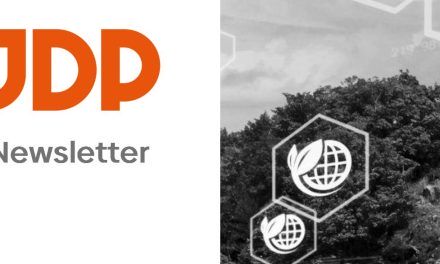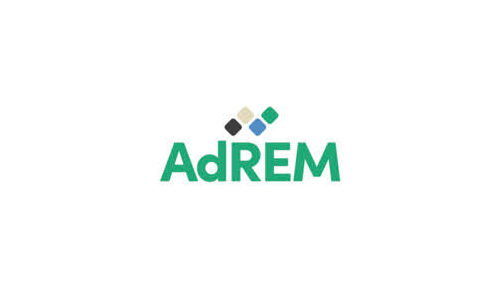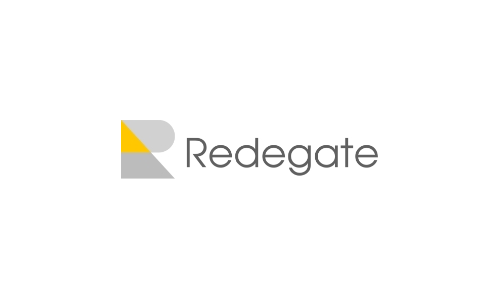Just as societies and cultures change over time, so does the way we look at labor, how we work and the offices we use. Due to the COVID-19 pandemic, many have been compelled to work from home, whether they wanted to or were even prepared for it. It’s been described as a global experiment in remote working and the effects are starting to show. By interviewing and gaining the insights of professionals all over Europe, Kinnarps has identified the challenges, needs and opportunities this new reality has created – these are now presented in a new whitepaper.

– During the pandemic businesses have faced unprecedented challenges. This has given us new insights into how offices and working methods will look in the future. In our interviews, it became clear that the things we miss the most from the office are each other and our face-to-face interactions. We clearly see that the office of the future will be more of a meeting place where collaboration is in focus. However, we also see the need to be able to come into the office for concentrated individual work. It’s important to design each unique office according to the needs of that particular business, says Dan Molander, Sales Director at Kinnarps
What does this new reality mean for the office?
Although working from home has had varying degrees of success for organisations and individuals, a more flexible approach seems to be here to stay. With this comes new demands on the way we work and how we design our office spaces. If employees work remotely 2-3 days a week, having their own personal desk is not a cost-effective solution. Also, some employees might come to the office to collaborate and others to focus, creating a need to design different environments based on those activities. Kinnarps has extensive experience in workplace design and strategy with over 200 workplace analyses carried out across Europe.
– We’re convinced that it’s more important than ever to analyse and map out how a business works, and which activities are best performed in the office and which ones could be performed remotely. It’s important to look ahead and develop a long-term perspective. We have to move away from simply planning for today and start to see the office as a place that needs to be able to change. It’s only when you understand your needs and conditions that you can start making changes and form an interior design solution that supports the everyday life of employees and contributes to business success. The workplace of the future must be flexible in order to be able to shift in step with changing needs, says Henrik Axell, Workplace Strategist at Kinnarps.
In their new white paper, Kinnarps emphasises the importance of flexibility in order to create future-proof and sustainable offices that can be adapted both day to day and in the long-run – whatever it takes to meet future needs and challenges and create a path to business success.

Link to the Polish version:
https://www.kinnarps.pl/wiedza/definiowanie-srodowiska-pracy-na-nowo/
Link to the English version:
https://www.kinnarps.com/knowledge/redefining-the-workplace/




























